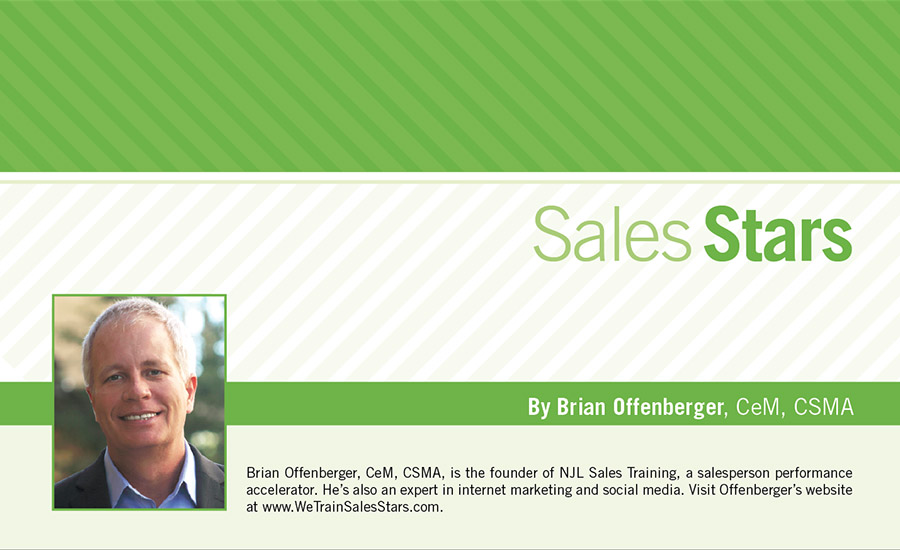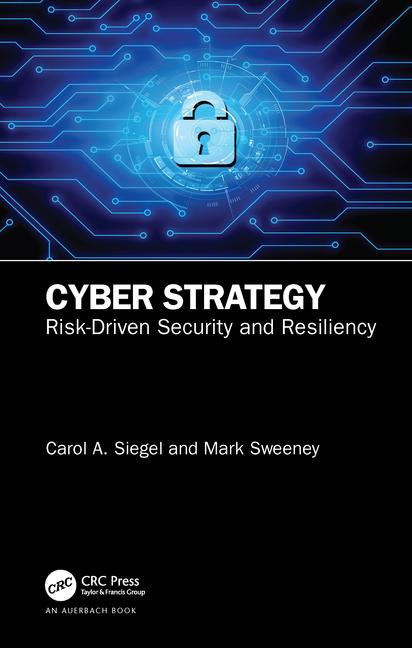The Internet has changed the way your prospects buy goods and services — especially your commercial customers. Decades ago, face-to-face selling was the only way to find out about new products or services. Not anymore.
At my company we just run to the computer with our high-speed connection anytime we want and find the things and information we need. A week ago, we were discussing insurance and in less than a minute were surfing insurance websites and reading blogs, learning everything we needed and wanted to know. It sure beats having a revolving door of insurance agents parading through the office.
I’m not telling you that insurance agents are history. The point I’m making is this:
- Is the agent using the Internet to work for or against her?
- Is the agent adding legitimate value to what the customer can already get from the Internet? Do customers view her as a valuable resource and call her when it is time for them to take some action? Is she something more than a smiling face that has been around for 10 years?
For you to succeed in the Internet era, you need to be better prepared than others. That’s why I recommend you follow these 21 simple steps:
Prior to the Sale
1. Research prospects prior to each meeting. Use tools such as LinkedIn, YouTube and Google Alerts to help you with this process.
2. Connect with prospects via social media. Use LinkedIn and Facebook and interact with your prospect via those channels. There are also industry-specific social networks and groups on LinkedIn that may be helpful in your efforts.
3. Have a written plan to convert top prospects into customers. Follow your plan.
4. Allocate the necessary time and effort to making the sale.
5. Focus on the best interests of the customer. As Zig Ziglar always said, “Help the other guy get what they need and you’ll get what you need.”
6. Have a system to monitor your progress and to evaluate your results.
During the Sale
7. Listen and understand what the prospect is saying to you. Use your ears twice as much as you use your mouth.
8. Help the customer make choices. They are overwhelmed with options and contradictory information, so help them decide what is best for them.
9. Communicate unique value. Make sure the prospect understands why they should invest their money with you rather than your competitor. (See related article, “Why Should I Buy From You?” at www.SDMmag.com/why-should-i-buy-from-you.)
10. Work with all impacted parties to reach solutions and courses of action.
11. Get to “no” quickly. Recognize when a sale simply isn’t going to happen and move on to something else.
12. Do what you say you will. Deliver things when promised.
13. Work well with others, especially those within your company. You need their help to help your client. Stay on good terms with your support team.
14. Negotiate a good deal for the client and your company. The role of a salesperson is tough in today’s era. The client is counting on you to get them the best deal and terms. So is your employer. Work hard to understand and satisfy both positions.
15. Get a decision. Your job is to get a “yes” or a “no.” Be aware of when the customer is ready to buy and close the sale.
After the Sale
16. Make sure the customer gets what they were promised.
17. Thank the customer. Make sure they understand your sincere appreciation for their business. Handwritten thank-you notes are a nice personalized touch in today’s digital era.
18. Thank those that helped you make the sale. In many instances, support team members deserve kudos for their contributions.
19. Update relevant CRM records and information.
20. Make personal connections with the customer on LinkedIn and other social networks, if you haven’t done so already.
21. Have a plan for continued interactions with the customer for retention, up-sell, cross-sell and repeat purchasing. Use automated tools and company-supplied tools to assist in this process.
This is what it’s all about. Stay thirsty, follow these steps, and put some more money in your wallet.




